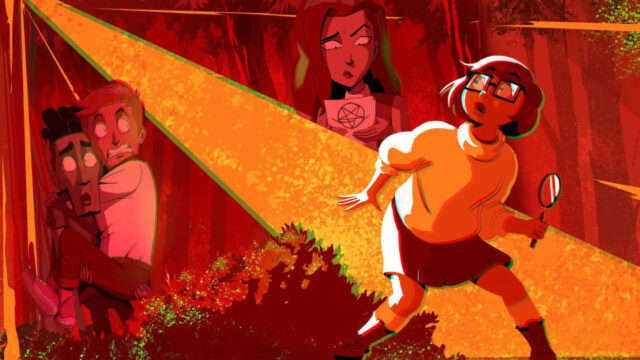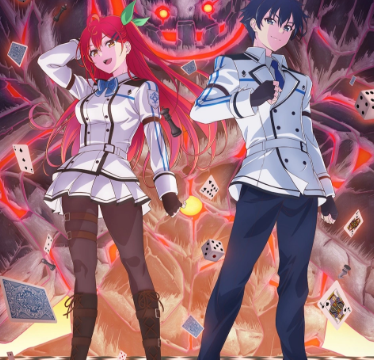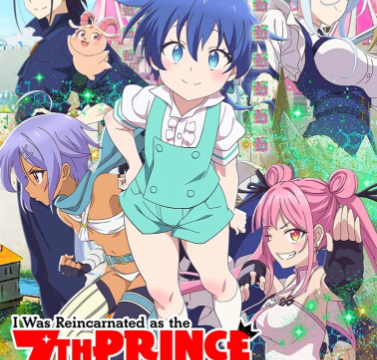Review: Tigtone “Tigtone and the Demon Maze”
Overview (Spoilers Below):
Tigtone and Helpy are subjected to a vast maze that pits them against many different monsters and threats. However, the maze has an unconventional twist that makes the strength of these creatures irrelevant and Tigtone must learn a lesson in restraint more than anything else. As Tigtone and Helpy struggle to progress through the maze, Helpy begins to witness Tigtone in a new light and their friendship is soon at stake just as much as their freedom.
Our Take:
Labyrinths are a staple of the fantasy and adventure genre and so it’s nice to see Tigtone provide its take on this kind of grand obstacle. What makes the idea unique here is that the challenge that Tigtone faces is not for him to slay and overcome the obstacles of this Dormammu-like maze, but rather to curb his rage and not kill anything. This proves to be a much more difficult task for the aggressive warrior. It’s a clever way to take something as stereotypical as a labyrinth full of trials, but make it feel fresh. At this point the audience has no doubt that Tigtone can extinguish any monster that he faces, but whether he’s able to turn himself off and play it casual is something that inspires a lot more doubt.
“Tigtone and the Demon Maze” has a structure that could turn repetitive very easy. Each episode of the series demonstrates how Tigtone is deeply stubborn and even when he disobeys the whims of the universe he still usually finds a way to fail upwards and become even more convinced of his supreme nature. The beginning of this episode has lots of fun with how a pacifistic nature seems borderline impossible for Tigtone. He casually murders, forgetting that it’s the one thing that he’s supposed to do. This oblivious trajectory could likely fuel an entertaining episode, but “Tigtone and the Demon Maze” actually strives for something deeper here.
There are a lot of entertaining obstacles that Tigtone faces in the labyrinth, some of which work in an exaggerated video game context like an enemy that’s made up of 90% weak spots. All of the situations are very convoluted in how they’re designed to inspire failure in Tigtone. There are also certain elements that Tigtone faces that are more of personal challenges to overcome like the novelty of killing an extinct animal that he’s never had a chance to kill before. Each room of the labyrinth preys upon a different aspect of Tigtone’s impulsive sensibilities. The premise is fairly laid out, but it still finds creative angles to explore in how Tigtone finds his way to skirt around the rules of the labyrinth, like how pushing someone into a bottomless pit doesn’t technically kill him. A brief scene explores if mercy killings and euthanasia still qualify, which adds a surprising amount of depth to the labyrinth’s rules, too.
“Tigtone and the Demon Maze” tests Helpy and Tigtone in new ways and the level of anger that Helpy reaches is a major factor in pushing Tigtone to reach the end of the maze. There’s an interesting shift in their power dynamic that hasn’t really been seen before. It also leads to a situation where Helpy is allowed to kill Tigtone with zero consequence. This allows Tigtone to gain a unique level of insight and while it’s still very hard for him to fight his nature, he becomes more willing to work towards an alternative.
The act of murder is able to unite Tigtone and Helpy in the end and they’re able to put together a strategy that allows them to escape, but also engage in a twisted massacre. It’s the most united that the duo has ever been and while it’s unlikely that there will be many changes in their relationship, this is still a strong example of how effective they can be as a team. The final set piece where they’re able to concoct a Rube Goldberg torture scenario where they systematically kill everything within the labyrinth and subject the Demon Maze Demon to an endless existence of pain. It’s the perfect reward for the lesson in empathy that Tigtone and Helpy experience.
“Tigtone and the Demon Maze” is another effective episode from Tigtone’s second season that actually tries to examine the stereotype of Tigtone’s character to some degree and see if he’s able to rise above it at all. What makes this episode even better is that it applies this same treatment to Helpy. Tigtone is by no means a deep cartoon, but it’s episodes like this that have fun breaking down these archetypes that help make it feel like more then just gratuitous violence. Hopefully more episodes won’t be afraid to push Tigtone to the sidelines a little more or find ways to use his actions as a catalyst for other characters. “Tigtone and the Demon Maze” shows how a simple idea can push characters to some deep places as they’re forced to examine themselves more than the obstacles around them.


























Hi Ashley, thank you so much for reading and we love the feedback. Note that on that day we had 14th posts go up and only ten posts show on the front page, so it's possible the preview had already been archived by the time you got to it. One recommendation would be to add our RSS feed to your favorite news aggregator service like Feedly, this way you get all of the latest posts!